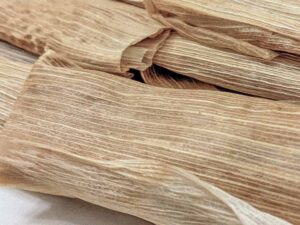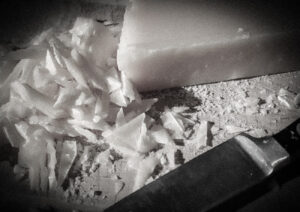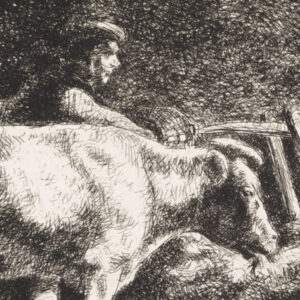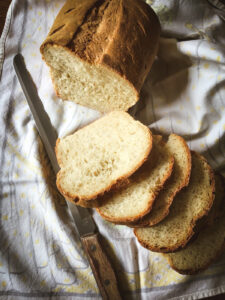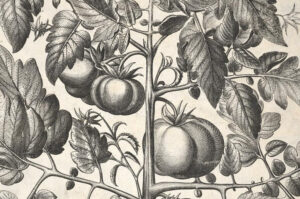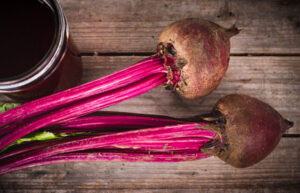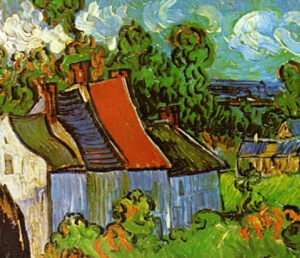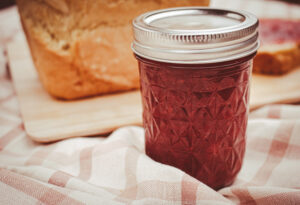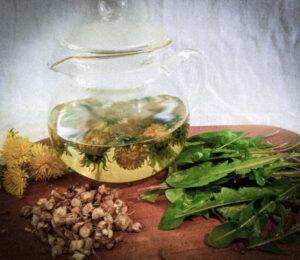—The Inbox—


Managing a Compost Bin
Response by
Mr. Tyler Storey

From a Correspondent:
I have become an avid composter with a compost bin I purchased from Costco around nine months ago. Over the summer it seemed to dry out and I added water to it every couple of days. I usually “aerate” my compost daily or every other day with a tool I have that is a metal bar with two wings on the end.
I have been pulling compost out of the bottom openings for my garden and winter lawn. Everything is broken down with the exception of dried grass. Some of the compost seems almost like mud – thick and dark brown – is that OK? Do you think it is because I put in water this summer? Also is it OK to use the compost if some of the grass isn’t completely broken down or do I need to be more patient?
Thank you,
Corine
Dear Corine,
From your description, it sounds like there are a couple of issues at play with your compost, but they are easily fixed.
First, let’s consider your composting bin. From your description and what I know of the composters sold at Costco, I am guessing that your bin is more or less a cube, slightly narrowed at the top like a truncated pyramid, about three feet tall, bottomless, and has doors on the lower edges of all four sides. Composting bins of this type are often marketed with the idea that you put the stuff in the top, it works its way down as you aerate and water it, and then you take “black gold” out of any of the conveniently placed doors at the bottom. It’s a nice idea, but actually results in what you’re seeing: a little good compost, some anaerobic goo, and some dried stuff. The good news is that your compost bin will work great, as long as you use it differently.
Before I tell you how to fix it, let’s revisit the basic process of composting: in the presence of air and water, carbon- and nitrogen-bearing organic materials are broken down by aerobic (air-loving) organisms into humus. Humus is the stuff we call compost. The key in looking at that recipe is to realize that each of those four ingredients — nitrogen, carbon, air and water — must be present at every place in the pile. A corner with lots of water and no air will rot anaerobically; another corner with plenty of air and carbon but no water or nitrogen will just sit there and dry out.
That explains both your thick and muddy brown goo and your dried grass; the solution to both is more turning and mixing, not just aerating.
You might be thinking that your three-foot-tall compost bin with a narrow top opening is going to be very hard to reach into to turn the pile, and if that’s what you’re thinking, you are right.
So here’s what we do instead:
Using your current compost bin, build a pile as you would normally, layering carbon-rich and nitrogen-rich materials in alternating layers and sprinkling a bit of water on each layer as you go along. Put on the lid.
Go to a hardware store and buy a spading fork; it’s like a pitchfork with flat tines.
After a day or two, open the lid of the composter and one or two of the side doors; you should find the pile warm, and maybe even a bit steamy. Using your brand spanking new spading fork, start pulling material out of the side doors – from the bottom – and dumping it into the top opening (lift with your legs, not with your back). Fork out and dump no more than about a quarter of the pile, reaching into the bottom corners to be certain you get the stuff hiding in the angles.
As you turn the pile, pay attention to the moisture levels: you want the pile to be as moist as a wrung-out sponge. If it’s drier, water it some from the top.
Close up the doors and the lid, and repeat daily or in a couple of days; the more frequently you turn the pile, the faster the compost works. What you will be doing is turning the entire pile several times over as the compost works, mixing it thoroughly and taking the opportunity of regular turning to be certain that the pile is neither too dry nor too wet. What you will also be doing is getting a nice light leg workout on a regular basis; shapely calves are only one of the side benefits to properly managed compost.
As for the material you have right now – the dried grass and the brown gooey bits – go ahead and run them through your new composting method and they will have more value in the garden.
And last, but not least: take your aerator with the wings on the end, turn it upside down and push the metal bar firmly into a convenient patch of soil. Then use your oxyacetylene welding outfit to fashion and attach a beak, possibly an eye (or two), and, if you wish, some random feathers. That makes it art, and don’t let anyone tell you otherwise.
I hope that helps,
Tyler Storey




